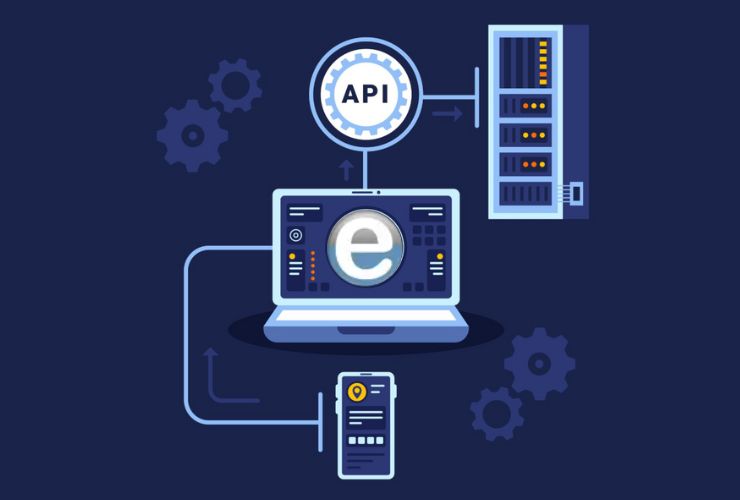Today’s fast digital world needs information immediately and easy communication. The basis of business and entertainment today lies in real-time applications such as live chats, video conferencing, gaming, and live streaming platforms. Of all the technologies that can power these real-time experiences, Node.js stands out among them.
Why Node.js for Real-Time Applications?
The reason Node.js is based on an event-driven, non-blocking I/O model makes it very suitable for applications with an immense number of simultaneous connections without lags. That makes it really great for real-time applications where each second counts.
1. Low Latency and High Throughput
Latency has now become very crucial in the real-time application. Node.js handles a great number of requests in parallel so that responses come out almost instantaneously. This would mean less buffering, quicker load times, and increased responsiveness for the end-users.
2. Multiplexing Thousands of Connections Efficiently
Node.js can handle tens of thousands concurrent connections from a single thread by nature of an event loop model. It will be much helpful in case of applications like live streaming, through which millions of users might be connected to watch real-time responses simultaneously.
3. Using WebSockets for Real-Time Communication
Node.js works perfectly well with the WebSockets, protocol designed for two-way interactive communication between the client and the server. These are applications that will become the fundamental base for any kind of live chat, online gaming, and collaborative software used in real-time collaboration.
End
Real-time applications are the most demanding environment in live streaming platforms. They require sending large amounts of data in real-time with smooth playback, handling user interactions such as comments or reactions. This is the area where Node.js is the best environment because of its streaming ability and efficient handling of multiple user inputs.
-
Streaming large volumes of data
It can also handle chunking of massive media files, such as video; therefore, Node.js streams data in chunks that could be processed piece by piece. This greatly reduces the usage of memory and gives quick content serving to the users, which makes it quite ideal for live broadcasts as well as on-demand streaming services.
-
Scalability to Grow User Base
As live streaming networks grow, so do the users viewing and engaging. Node.js is scalable; businesses can extend their services without compromising on speed or performance.
-
Real-Time User Interaction
The video itself is not that important in live streaming as the user interaction. Node.js can handle real-time interactions like live comments, reactions, and even donations without slowing down the platform to ensure a smooth user experience.
Conclusion
Node.js is revolutionary for real-time applications and live streaming services. Its event-driven architecture, handling multiple connections, and real-time data streaming capabilities make it the most sought-after technology for businesses who want to provide instant seamless experiences. Whether it is a chat application, live video platform, or a multiplayer game, Node.js offers the power and efficiency for everything to run in real-time.














